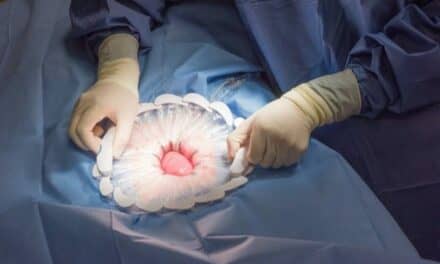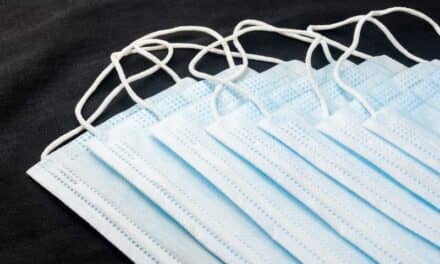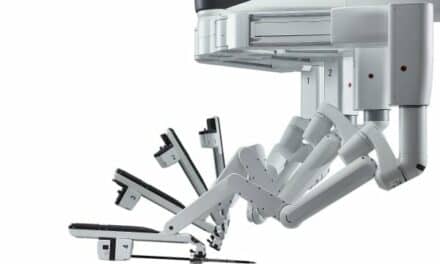With N95 masks in short supply, a team of bioengineers and clinical experts from Brigham and Women’s Hospital and the Massachusetts Institute of Technology (MIT) has been developing a new, sustainable solution for healthcare workers to provide protection during the pandemic.
Made from sterilizable materials and known as the Injection Molded Autoclavable, Scalable, Conformable (iMASC) system, the team’s N95 mask alternative is still in its prototyping stage. But early results from modeling and a feasibility study for fit testing suggest that the iMASC system could fit faces of different sizes and shapes and be sterilized for reuse. Preliminary findings are published in the British Medical Journal Open.
“Like many of our colleagues, when we heard about shortages in personal protective equipment, we wanted to help. We thought that an approach that could be helpful would be to develop a mask system that could be readily sterilized in many different ways and reused,” says corresponding author Giovanni Traverso, MB, BChir, PhD, a gastroenterologist and biomedical engineer in the division of gastroenterology at the Brigham and Department of Mechanical Engineering at MIT. Traverso and his colleagues, including co-lead authors James Byrne, MD, PhD, and Adam Wentworth, MS, worked closely with the Massachusetts General Brigham COVID Center for Innovation on their project. The authors selected DOW Corning QP1-250 liquid silicone rubber for their mask material.
Silicone rubber can withstand heat of up to 572° Fahrenheit and is used in a wide variety of products, including silicone baking sheets, undergarments, medical implants and medical devices such as respiratory masks used to deliver anesthesia. The team created the masks using injection molding—a common manufacturing technique in which a liquid material is fed into a mold cavity to give it shape. Elastic straps secure the mask in place and two replaceable filters keep out solid particles.
“From the beginning, we were thinking about scalability. We selected materials recognized to be sterilizable and comfortable and a manufacturing process designed to be scaled,” says Byrne. The team tested various sterilization techniques on the masks, including autoclaving, soaking in a bleach solution and soaking in isopropanol. While 10 autoclave cycles made the masks slightly stiffer, there were no large differences in the sterilized masks compared to the masks before sterilization.
“We wanted to create a mask that could be easily sterilized and reused for several reasons. Not only is this important because of disruptions to the supply chain, but also disposable masks, gloves, and other PPE can cause a tremendous amount of litter,” adds Wentworth.
Using 3D modeling, the team evaluated how the mask might fit on different wearers and how much force would be required to keep the mask secure on a range of face shapes and sizes. In addition, the team recruited healthcare workers from the Brigham in a small fit testing study. Of the 20 participants who performed fit testing, 100% completed the process successfully.
When asked about their preferences, participants responded that:
- 60% would be willing to wear the iMASC system instead of a surgical mask while 20% had no preference
- 25% would prefer the iMASC system instead of an N95 mask while 60% indicated no preference
The authors acknowledge that their proof-of-concept study has several limitations. Fit testing and surveys were conducted among only a small number of people at a single institution. Modifications to the filter system and elastic straps would likely improve the fit and robustness of the mask. And large-scale production will require greater quality control of filter components.
Based on their initial study, the team has further refined the iMASC, and the authors have recently completed a multi-institutional trial of the new system. They continue to work with various partners from across Mass General Brigham to test the system and are considering strategies to support scaling up and deploying the iMASC.





